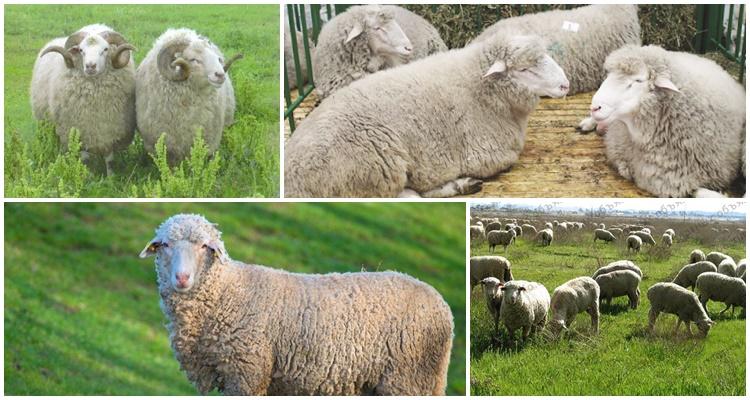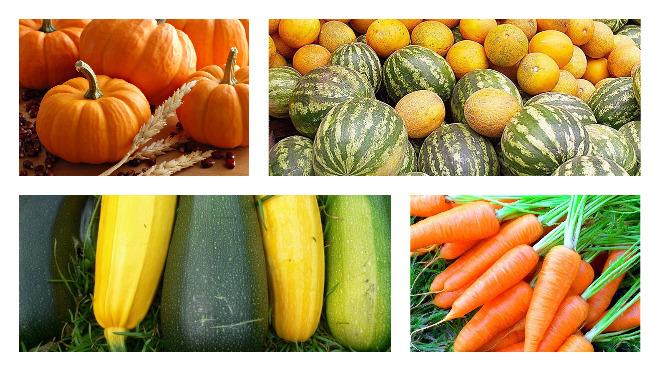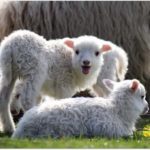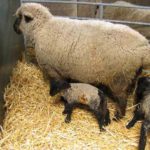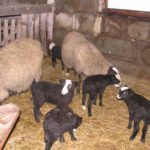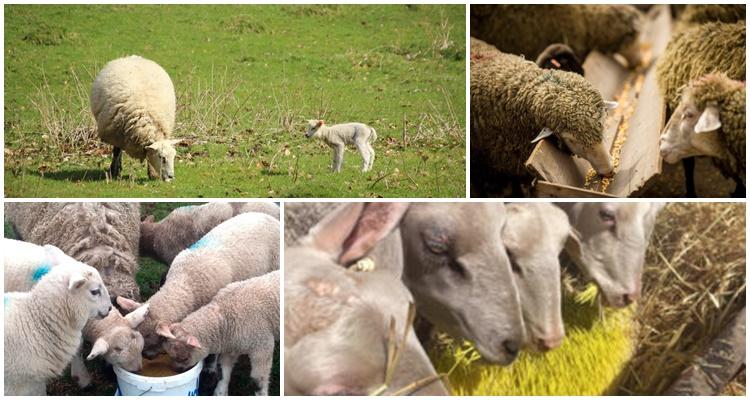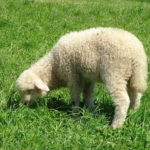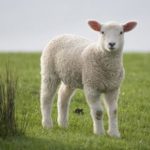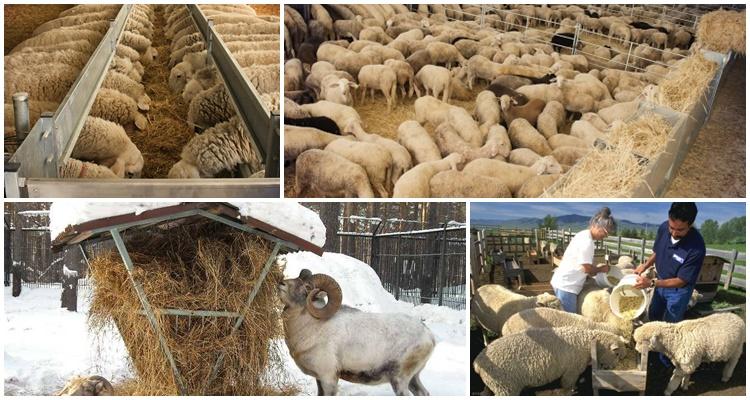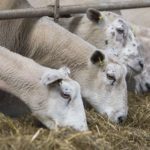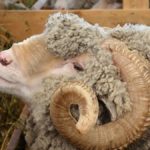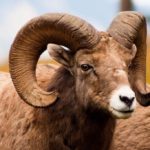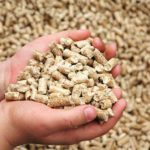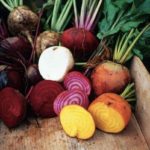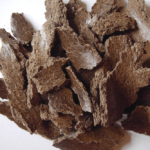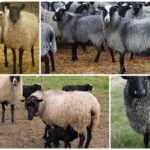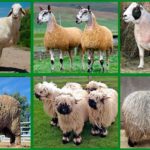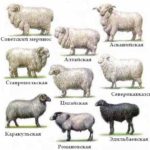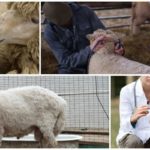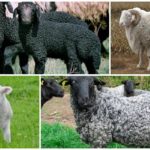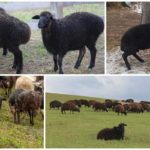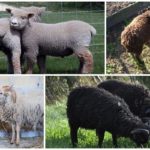Sheep farming brings the farmer large amounts of meat, wool, and milk, but only under the condition of high-quality feeding of the livestock. Having figured out what rams and sheep eat according to the seasons, the cattle breeder achieves maximum productivity of the livestock by adjusting the diet. Sheep are characterized by omnivory in the choice of plant foods, and the health and well-being of animals directly depend on the variety and balance of the diet.
What do sheep eat
Feed for sheep is chosen taking into account not only the season of the year, but also the gender, age, and purpose of the animals. The quality of livestock feeding is determined by the climatic region; pasture sheep breeding is most profitable in tropical and subtropical areas; it requires minimal feed costs.
The diet should be balanced. When sheep eat grass, hay, vegetables, grains, vitamin and mineral supplements, they receive a sufficient amount of nutrients required for the full development of the body and increase body weight. Supplements are especially important in the winter months, when animals do not eat enough succulent plant food.
Succulent plant food
In the warm months, sheep eat grass on pasture; the share of fresh greens reaches 85% of the total feed. The best plant food for livestock is meadow grasses (clover, dandelion, sweet clover, granary, plantain). If a sheep eats grass with thorns on a pasture, then there is no need to worry: weed thorns are no less useful for the sheep’s body. The main thing that a farmer must do is to check if there is any poisonous vegetation in the meadow. Toxic to sheep:
- lily of the valley;
- henbane;
- hemlock;
- dope;
- puppeteer;
- celandine.
Animals should not be allowed to eat wet, dewy grass. It provokes swelling of the rumen and flatulence; in the absence of surgical treatment, the sheep dies. It is useful to drive livestock onto pastures with woody vegetation. Sheep willingly eat thin branches and shoots, rich in vitamins and minerals, which has a positive effect on body weight growth and coat quality. In the absence of pastures with woody vegetation, branches can be prepared elsewhere, tied into brooms, and dried.
Branches useful for animals:
- willow;
- apple;
- aspen;
- hazel;
- birch;
- cherry;
- ash.
One of the cheapest and most popular types of succulent feed is silage. It is made by fermenting the vegetative parts of herbaceous plants:
- forage grasses;
- waste garden greens, carrot and beet tops;
- lettuce and cabbage leaves;
- meadow grasses, legume green manures.
An adult animal eats up to 4 kg of silage per day. When fermented, acids are released; sheep may not like the sour taste of the treat. To avoid this, either pre-wither the plants or add ground straw to the mass. Periodically, the sheep are treated to small quantities of wheat, barley, and corn grains.
Roughage
The main roughage is hay. It is harvested in the summer, calculating 3 kg per adult. The best option is meadow herbs. Straw is less important, contains few useful substances, animals eat it to quickly satisfy hunger and normalize digestion.
E
Straw should not be given to young animals and breeding rams. For sheep, it is preferable to steam roughage by adding concentrates, grain, and root vegetables. A good source of vitamins for livestock is haylage - grass dried to 50% moisture, harvested at the initial stage of the growing season, stored in the absence of oxygen. It is practiced to feed sheep with oats and the remaining bran from its processing. Animals willingly eat meal and cake obtained from soybeans, corn, and sunflowers.
Roots
Rich sources of vitamins, minerals, and fiber are fruits and root vegetables.Sheep eat potatoes, carrots, fodder beets from root vegetables, and apples from fruits. Beets and carrots are given raw. You cannot feed raw potatoes to animals, otherwise the intestines will swell.
The daily portion for an adult is 500 g, for young animals – 300 g. Root vegetables are especially useful for nursing females.
Melon feed
Among vegetables, sheep eat pumpkin and zucchini. Melons are rich in vitamins, but they are given mainly as a rare delicacy, since growing vegetables specifically for cattle breeding is not economically feasible. Vegetable treats accelerate the growth of animal body weight and increase the milk yield of giving birth in females. The daily portion for an adult is up to 400 g.
Concentrated feed
Compound feed is given to animals intended for slaughter to accelerate body weight gain. An adult eats 500 g of concentrated feed per day, a young one – 400 g. For a dairy sheep, 200 g is enough, and a meat sheep eats up to 700 g.
Mineral supplements
The lack of minerals negatively affects the health of animals, so mineral springs are included in the diet of sheep.
Mineral deficiency in sheep manifests itself:
- eating and licking inedible things;
- development of rickets in young animals;
- convulsive muscle contractions;
- loss of appetite;
- lethargy, exhausted appearance;
- dermatological problems;
- stool disorder.
To compensate for mineral deficiency, sheep eat bone meal, chalk, and salt. Pet stores sell salt rocks for licking. You can use feed vitamin and mineral supplements, for example, Vitasol.
One adult requires 10-15 g of chalk or bone meal per day, a young one - 5-10 g, a lamb - 3 g.
Animal supplements and drinking regime
Pregnant females and occasional animals are given animal feed to maintain the body:
- egg;
- milk;
- whey;
- cottage cheese.
Sheep need to drink enough fluids, which is as important to maintaining livestock productivity as quality feed. An adult animal drinks up to 10 liters of water per day.
Dependence of nutrition on the season
Sheep feeding varies significantly between seasons. During the warm and cold months, animals' needs for certain nutrients increase.
Spring
After the rough winter feed, the animals eat the first greens grown on the pastures. You should not stop feeding hay just yet. Provide concentrated feed and suitable mineral supplements. The spring norm for one individual is 700 g of concentrates.
Summer
In summer, the basis of the diet is grass. The daily portion for an adult sheep is 7 kg, for a pregnant and lactating sheep – 8 kg. A lamb up to 9 months eats up to 4 kg per day, a one-year-old lamb eats 6 kg. The daily duration of grazing is 12 hours, during which time the sheep eat enough grass to provide the body with the necessary substances.
Even in the summer, sheep eat concentrated feed, hay, root vegetables, and lick salt stones.
Autumn
Pasture grass withers and no longer provides animals with the required percentage of nutrients. Therefore, hay and feed are given in increased portions.
In the autumn months, an adult animal eats 3 kg of hay and 400 g of root vegetables.
Winter
In winter, housing and feeding are practiced. An animal kept at home requires 4 kg of hay, root crops and silage per day. The winter portion of compound feed is 500 g. We must not forget about the sources of minerals.
Diet and norms
How much an animal eats per day depends on its age and purpose of rearing.It is especially important to ensure the balance and quality of the diet of pregnant females. A pregnant sheep eats 500 g of hay and straw, 300 g of bean haylage, 3 kg of fresh grass per day, plus fruits and root vegetables. Grain foods are 300g and mineral sources are 15g.
For fattening sheep
A meat sheep maintains body weight when it eats daily food rich in vitamins, minerals, and fiber. To increase weight growth faster, the calorie content of the feed is increased and the ram is not allowed to move actively.
Diet 2 weeks before slaughter for meat:
- 5 kg silage;
- 1 kg of root vegetables;
- 700 g of quality hay;
- 400-500 g of concentrates (you can give grain, corn and peas, dried bread).
Before slaughter, you should not exceed portions of high-calorie foods, otherwise the meat of slaughtered animals will contain thick layers of fat. Rams prepared for mating require a lot of strength, so the calorie content of food is doubled. Fattening of animals begins 1.5 months in advance. Breeding rams eat:
- hay – 2 kg;
- crushed cereal grains – 800 g;
- fodder root crops – 500 g;
- meal – 200 g;
- low-fat milk – 1 l;
- bone meal – 100 g;
- salt – 15 g.
For newly born lambs
For the first 2 months of life, the lamb feeds on its mother's milk. Next, the cubs can be given sources of minerals (bone meal, chalk, salt stone) and concentrates (the initial daily portion is 50 g). Gradually enrich the diet with bean hay.
An animal that has reached 5 months eats:
- compound feed – 300 g;
- root vegetables – 500 g;
- cake – 150 g;
- minerals – 4 g.
Feeding one-year-old individuals is carried out with the following list of products:
- 1.5 kg of haylage;
- 500 g of cereal-legume hay;
- 150 g crushed barley grain;
- 50 g meal;
- 8 g salt.
Newborn lambs eat 5 times a day, six-month-old lambs eat 2 times.
What not to feed animals
It is prohibited to feed sheep:
- marsh vegetation;
- sour grains (for example, sedge);
- food beets;
- vegetables and fruits without cutting into small pieces;
- bakery products without drying.
Proper feeding ensures the health and high productivity of livestock. The diet is selected taking into account the age, physical condition, purpose of the sheep, season of the year, nutrition must be of high quality and balanced.


